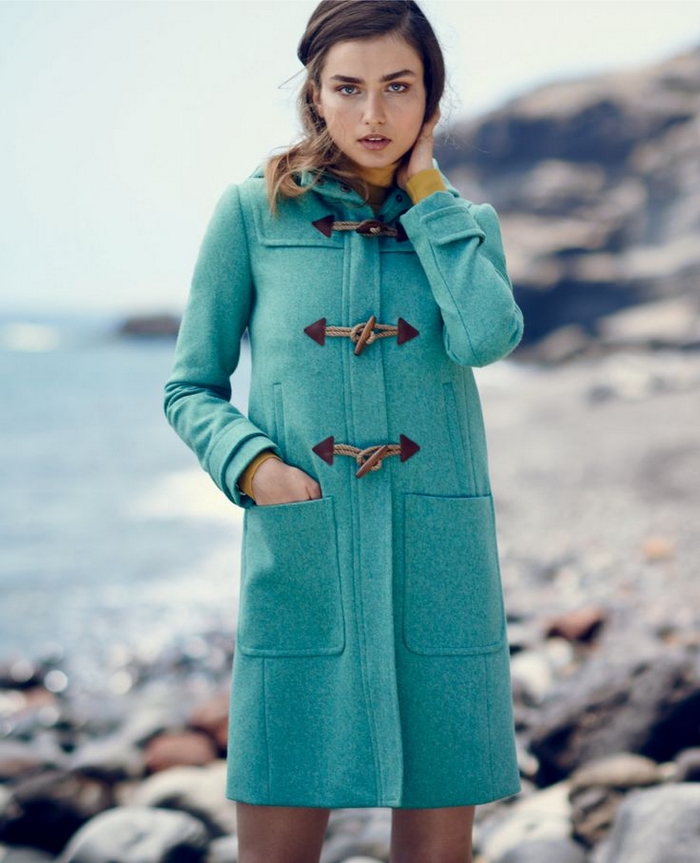One question arises when shopping for winter coat – warmth or attractiveness? It’s like one should sacrifice one or another in order to look or feel satisfied. Why can’t you get a coat that can do both? If your quality indicator when shopping for a new coat is a price tag, don’t be fooled by it. Usually what you see is what you get, and you’re hardly going to get more than one season wear out of a cheap nylon and polyester coat, and other times you’re just paying for the brand. You better learn to read between the lines and recognize a good deal when you see it, apart from the color and shape you like.
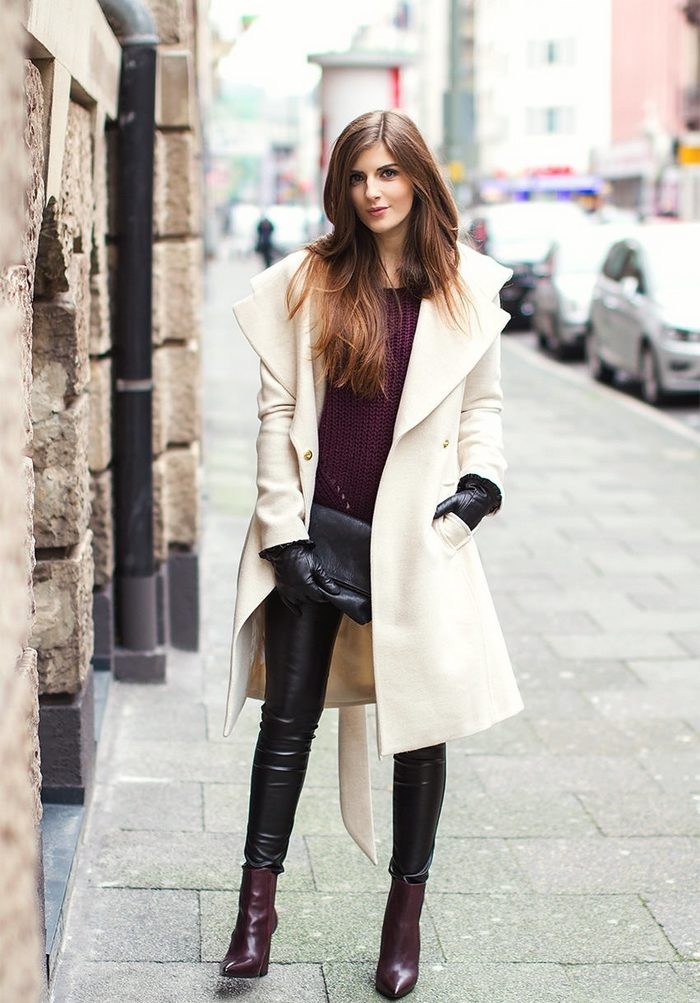
The Color of your Winter Coat
Let’s start with the most basic part. A color will not affect the quality of your coat on any level, but still, you should consider staying away from too light colors, meaning white and beige. Yes, they are the peak of elegance if you can afford one on the side to wear it only for special occasions and have it dry cleaned immediately after. If not, rather opt for safe black, gray, navy or brown colors. Plus, they are not that prominent and you’ll not get that feeling that you’re wearing the same coat for ages since they’re pretty generic.
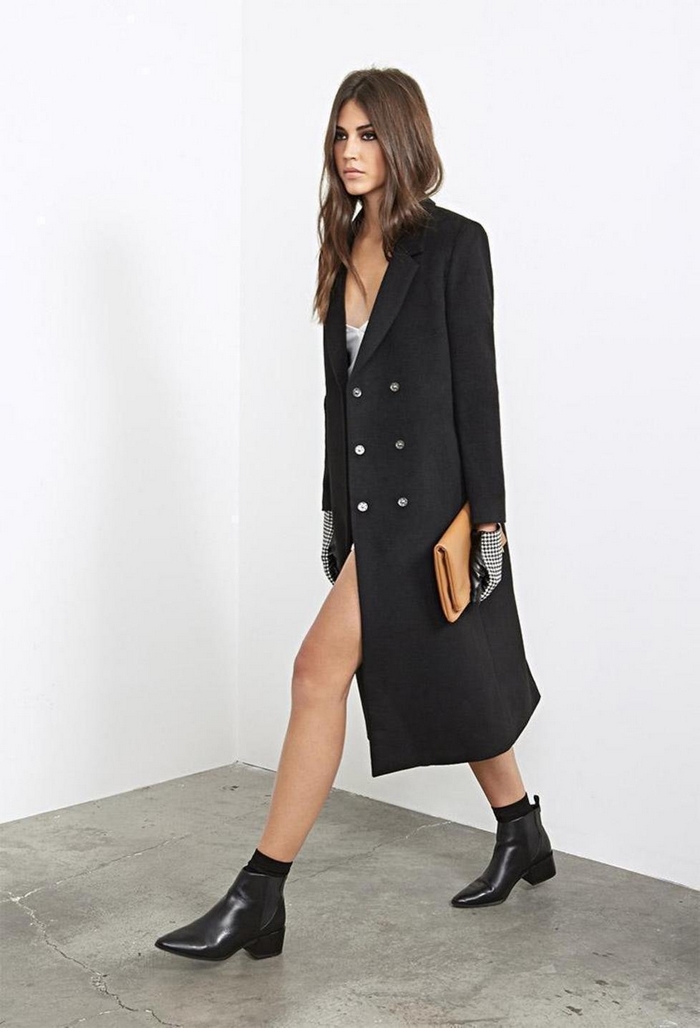
The Length of your Winter Coat
Length goes hand in hand with the shape of the coat, but still it’s a separate category. You should genuinely avoid short coats that end around the waist. They’re not that practical for winter, they won’t keep you warm, and it’s very likely that your winter clothes will be visible underneath it, and that’s not the look you’re going for. Mid-thigh length is perfect. Not only does it look good, but it adds more warmth, which is a big plus. Ankle length coats are super elegant and they are a perfect option if your clothes usually end around your knees. Furthermore, classic ladies’ suits combined with tailored coats of this kind will look flawlessly elegant.

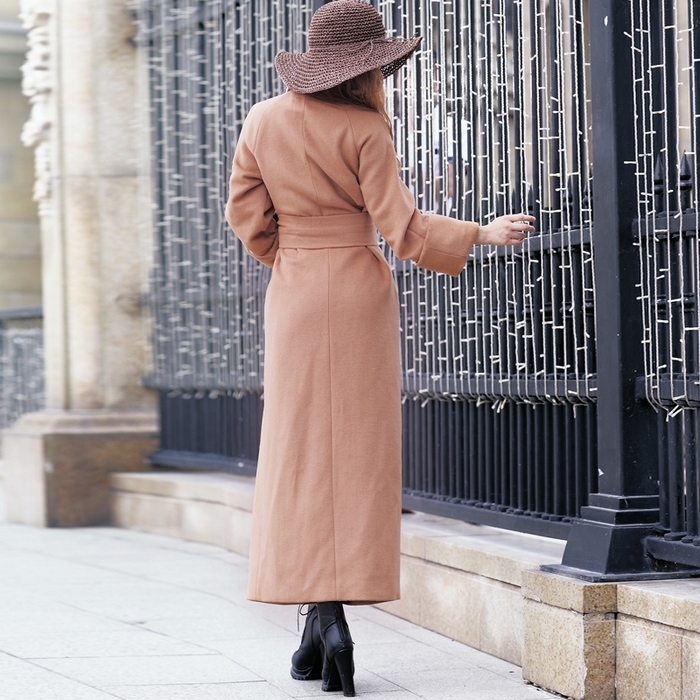
The Fabric and Craftsmanship of your Winter Coat
This is where your budget prevails, but it’s definitely a wiser move to choose a high-quality coat that will endure many seasons, complement various dressing styles, and won’t get you sick each time the temperature drops below 0 degrees than a coat that will let you down on all those levels, so you’ll just pile them up and eventually throw them away.
If you want warmth and elegance, choose wool or a wool blend. Any synthetic material just can’t compare. However, natural materials require proper care, so only dry clean them, about twice a year, and make sure you keep them in a coat bag, away from moisture and moths.
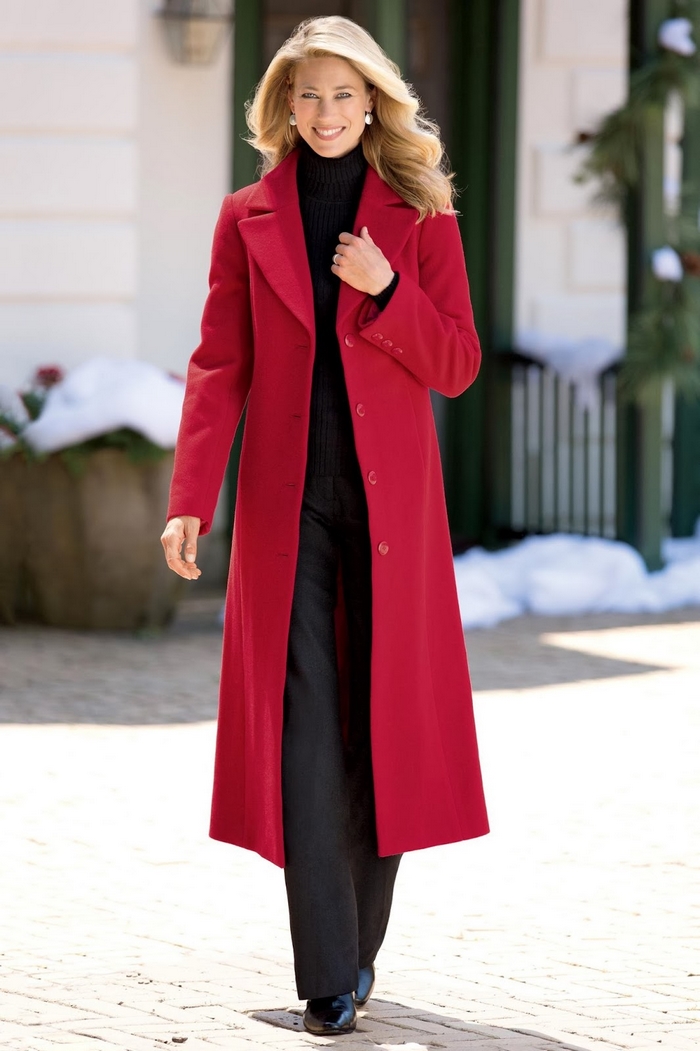
Down is another great material, usually used in parkas and puffy jackets, and it offers the best insulation against the snow and wind. It’s very light, but you’ll need to take good care of it. Just like wool, it will pay off.
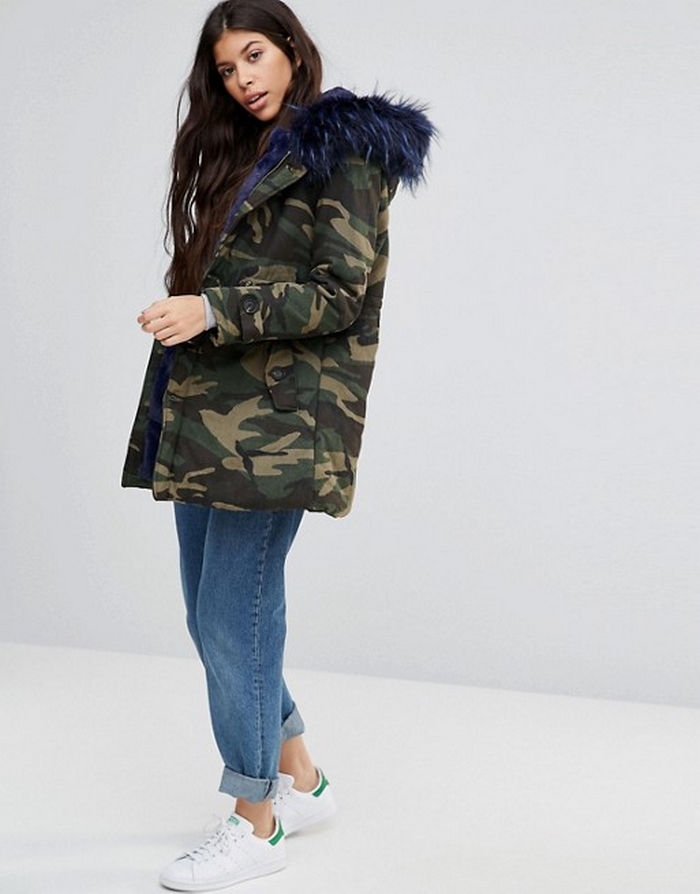
Another thing you shouldn’t forget is to pay attention to details. Check that stitches are straight with no loose threads and that buttons and zippers are securely attached. If anything seems loose or not properly done, be sure your coat will fall apart the first time the wind blows harder.
The Hoods and Pockets of your Winter Coat
Pockets and hoods are not boring. They are practical. Especially pockets, which are very welcome on any kind of coat, and if they are properly placed, they won’t bulk or disturb the shape of your coat. You can maybe pass on the hood if you’re more into elegant coats, and go with a nice cap and a scarf that will shield you from the wind, but if you like hoods, opt for furry hooded parkas that are super modern and trendy. They offer a bridge from boring to chic.
